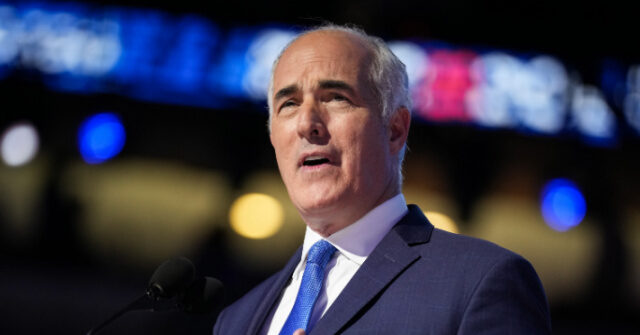
US prosecutors announced charges on Friday in an alleged Iranian plot to assassinate former president Donald Trump and a prominent dissident Iranian-American journalist.
The foiled assassination plot on Trump was allegedly directed by Iran’s Islamic Revolutionary Guard Corps to avenge the death of Iranian general Qassem Soleimani, who was killed in 2020 in a US strike ordered by then-president Trump, the Justice Department said.
Farhad Shakeri, 51, an Afghan national who is believed to be in Iran, was “tasked” by the IRGC with providing a plan to kill Trump, who defeated Vice President Kamala Harris in Tuesday’s US presidential election, the department said in a statement.
Shakeri and two other men, Carlisle Rivera, 49, and Jonathon Loadholt, 36, both of New York, were charged separately with plotting to kill an Iranian-American dissident in New York.
Rivera and Loadholt are both in US custody and made a court appearance in New York on Thursday.
“The charges announced today expose Iran’s continued brazen attempts to target US citizens, including President-elect Donald Trump, other government leaders and dissidents who criticize the regime in Tehran,” FBI Director Christopher Wray said.
Trump faced two other separate assassination attempts this year, including a shooting at a campaign rally when a bullet grazed his ear.
On Friday, the Justice Department described Shakeri as an “IRGC asset residing in Tehran.”
It said he immigrated to the United States as a child and was deported around 2008 after serving 14 years in prison for robbery.
“In recent months, Shakeri has used a network of criminal associates he met in prison in the United States to supply the IRGC with operatives to conduct surveillance and assassinations of IRGC targets,” the Justice Department said.
It said Loadholt and Rivera, at Shakeri’s direction, spent months conducting surveillance on a US citizen of Iranian origin who is an outspoken critic of the Iranian regime and has been the target of multiple prior kidnapping and murder plots.
She was not identified in court documents but appears to be dissident journalist Masih Alinejad.
A general in the Revolutionary Guards was charged by US prosecutors in late October in connection with a separate plot to assassinate Alinejad, who lives in New York.
– ‘Money’s not an issue’ –
According to the criminal complaint against Shakeri, he allegedly disclosed the plot to assassinate Trump in telephone conversations with FBI agents in recent months.
Shakeri held the conversations with FBI agents because he was hoping to obtain a sentence reduction for a person who is imprisoned in the United States, it said.
Shakeri told the FBI he was approached by an IRGC official in September about organizing the assassination of Trump.
He allegedly told the IRGC official it would cost a “huge” amount of money, to which the official responded: “Money’s not an issue.”
On October 7, Shakeri said he was asked to come up with a plan to kill Trump within seven days.
The IRGC official allegedly said that if Shakeri was unable to come up with a plan in that timeframe, the IRGC would seek to kill Trump after the election because it assessed he would lose and it would be easier to assassinate him after the vote.
The United States has repeatedly accused Iran of seeking to assassinate US officials in retaliation for the killing of Soleimani. Tehran has rejected the accusations.
A Pakistani man with alleged ties to Iran pleaded not guilty in New York earlier this year to charges he tried to hire a hitman to kill a US politician or official.
The State Department has also announced a $20 million reward for information leading to the arrest of the alleged Iranian mastermind behind a plot to assassinate former White House official John Bolton.






